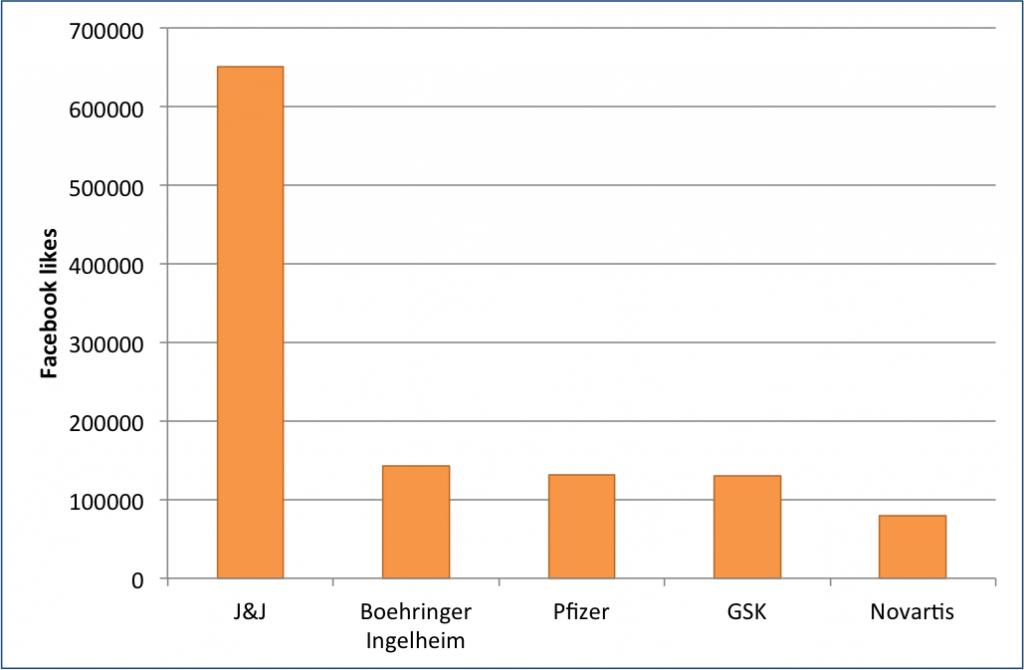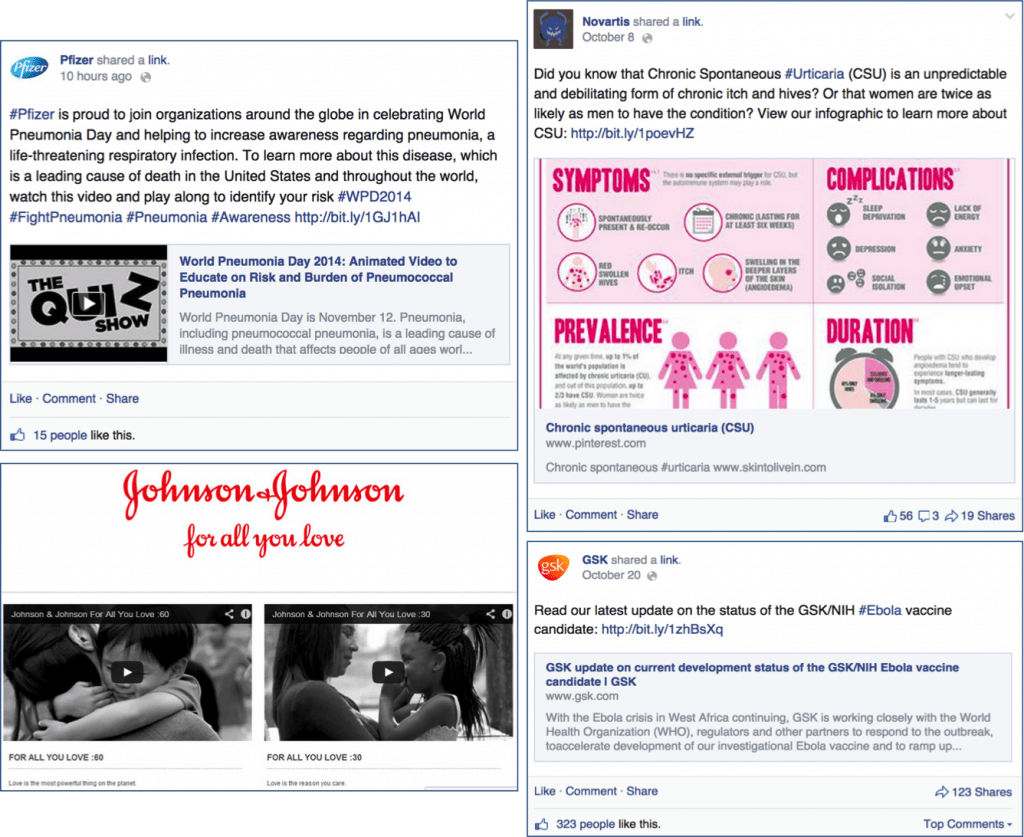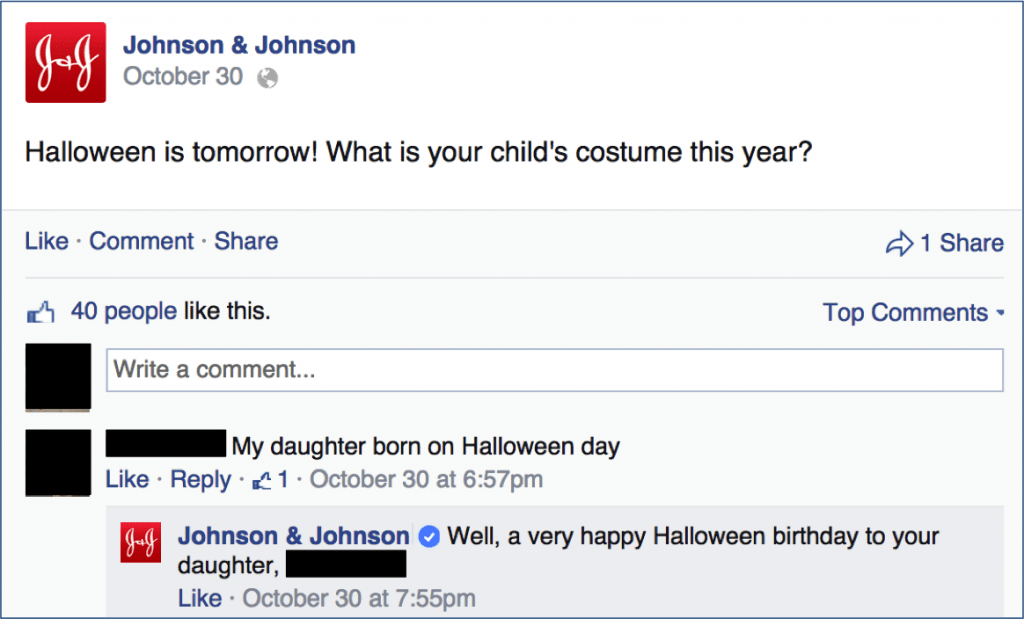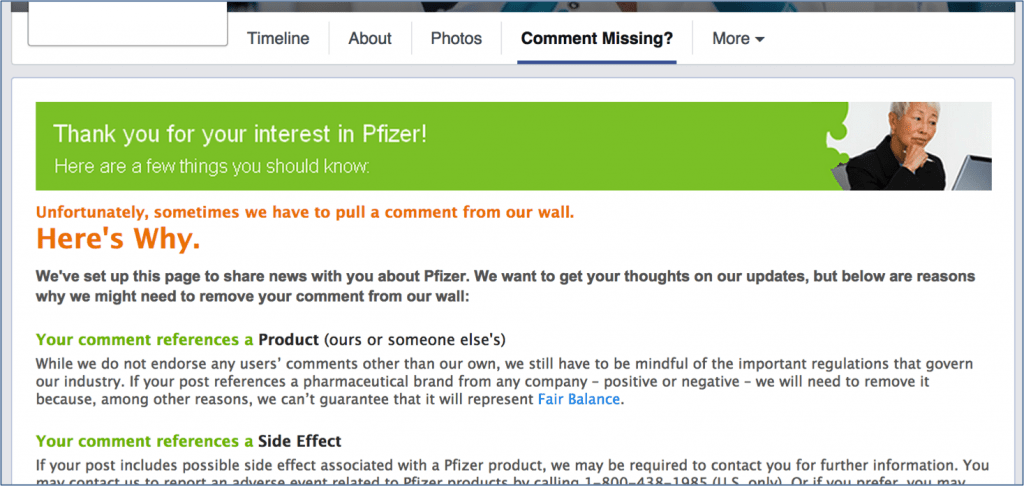In 10 short years, Facebook has amassed 1.35 billion monthly active users, allowing people to not only interact with their friends, but also with their favourite brands. Although some pharmaceutical companies established their presence early on, they were simply maintaining one-way communicative stance in contrast to less regulated industries, mainly because of the absence of guidelines on new digital platforms from regulatory bodies. While some carefully dipped their toes into more customer engagement without attracting any negative attention, others received stern warning letters from the Food and Drug Administration (FDA). Now in 2014, the FDA continues to issue warnings for incomplete drug information on Facebook, and the platform still presents a tough environment for the industry to navigate, especially when it comes to having meaningful engagement. Now that pharmaceutical companies have received more information from the FDA about how they should conduct themselves in the digital space, their presence on Facebook warrants a fresh look.
How is pharma using Facebook?
Judging by the amount of likes on their Facebook pages, the most popular companies on Facebook are: Johnson & Johnson, Boehringer Ingelheim, Pfizer, GlaxoSmithKline, and Novartis. While it is not the most important metric in effective engagement, it is still indicative of a company’s reach across the network.

Figure 1. Number of likes on a company’s corporate Facebook page.
Of course, in social media the number of followers, fans, or likes is meaningless if there is no real conversation or sharing taking place. Overall, the type of content posted on the pages is fairly similar between these companies.
Currently the posts consist of:
- Company news and corporate social responsibility actions
- Company events
- Videos
- Past or present stories about developments in healthcare in general
- Stories about real patients, doctors, or employees
- International days for disease areas, such as World Pneumonia Day (November 12)
- Infographics
- Career opportunities

Figure 2. Examples of posts from pharmaceutical companies. Clockwise from top-left: Pfizer using hashtags and video to raise awareness about Pneumonia Day, J&J video campaign in a separate tab on the page, GSK Ebola vaccine update leading to many comments and shares, Novartis disease infographic from their Pinterest account.
Many of these are successful in engaging their audience, considering that there are several likes and shares on each post, as well as some being commented on (especially if they are topical, like Ebola). More robust engagement comes in the form of competitions such as Boehringer Ingelheim’s asthma photography contest. This gets people involved in creating content as well as raises awareness of a therapy area without being promotional and involving product names.

Figure 3. BI’s photography competition serves as the cover image and connects Instagram campaign to their Facebook page.
Going one step further, J&J not only asks general questions to the fans of the page, but is also involved in the follow up discussions. Having personal responses from the company is of high value to the customers, and the dialogue helps build reputation. Note that the key to avoiding regulatory issues is to ask something that is not likely to lead to any mention of products or adverse events.

Figure 4. J&J gets involved in the conversation about Halloween.
Regulations within the industry means that comments may be removed and most pharmaceutical firms on Facebook have disclaimers on their pages stating that this may be a result of referencing drugs or their effects. This is made most clear by having a different visible tab on the page labeled, labeled “Community Guidelines” or “Comment Missing?” as done on the pages of J&J, Pfizer, and Novartis. Having an easy to understand and friendly section on these terms will help in alleviating any customer frustration.

Figure 5. The information page for consumers on the Pfizer page is clear and friendly about their comment policy.
The importance of engagement
This is just a small glimpse of how pharmaceutical companies are using Facebook in their messaging to the public. Although the medium may seem constraining, there is still room for creativity in providing compelling information while remaining compliant. The easiest way is to promote participation and interaction with the company is through contests, quizzes, conversations about daily life, games, and other activities that go beyond the “like”. As mentioned earlier, Facebook has allowed users to not only chat with their friends, but also with companies. However, the ultimate goal should be that these companies become friends through open dialogue with their consumers and transparency of their regulatory situation, in order to gain the trust and support of the people they serve.
This article was originally written for pharmaphorum.

